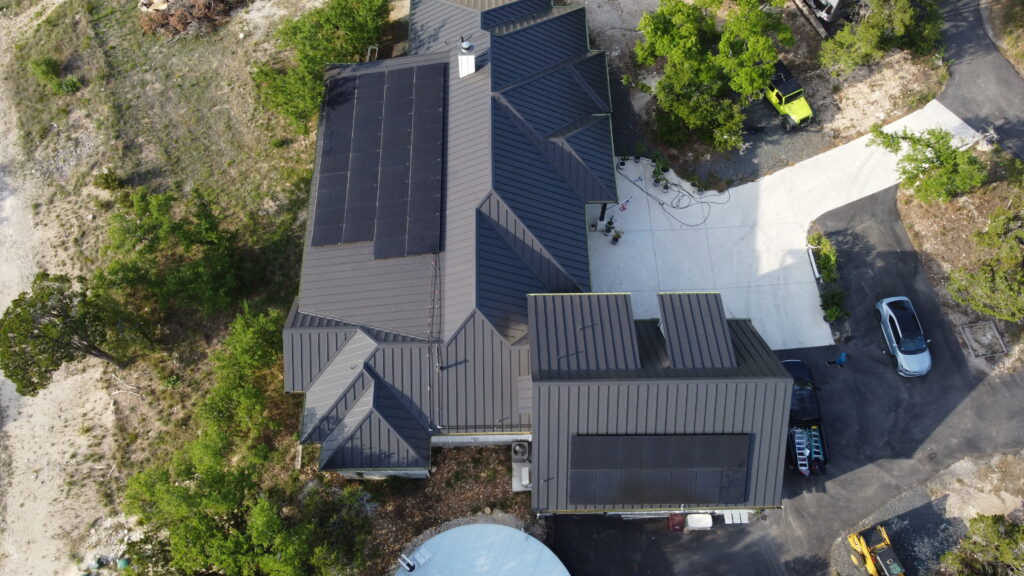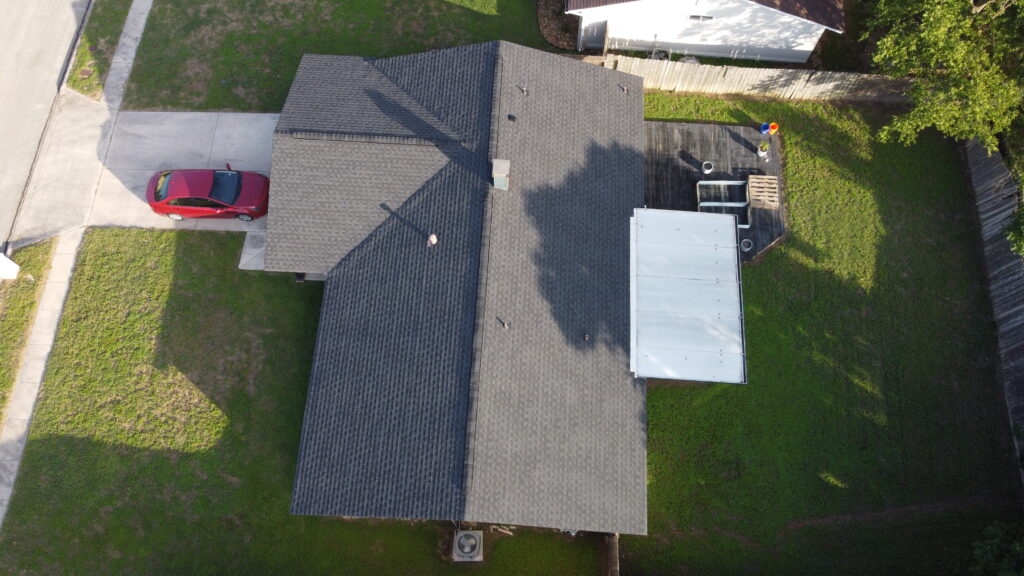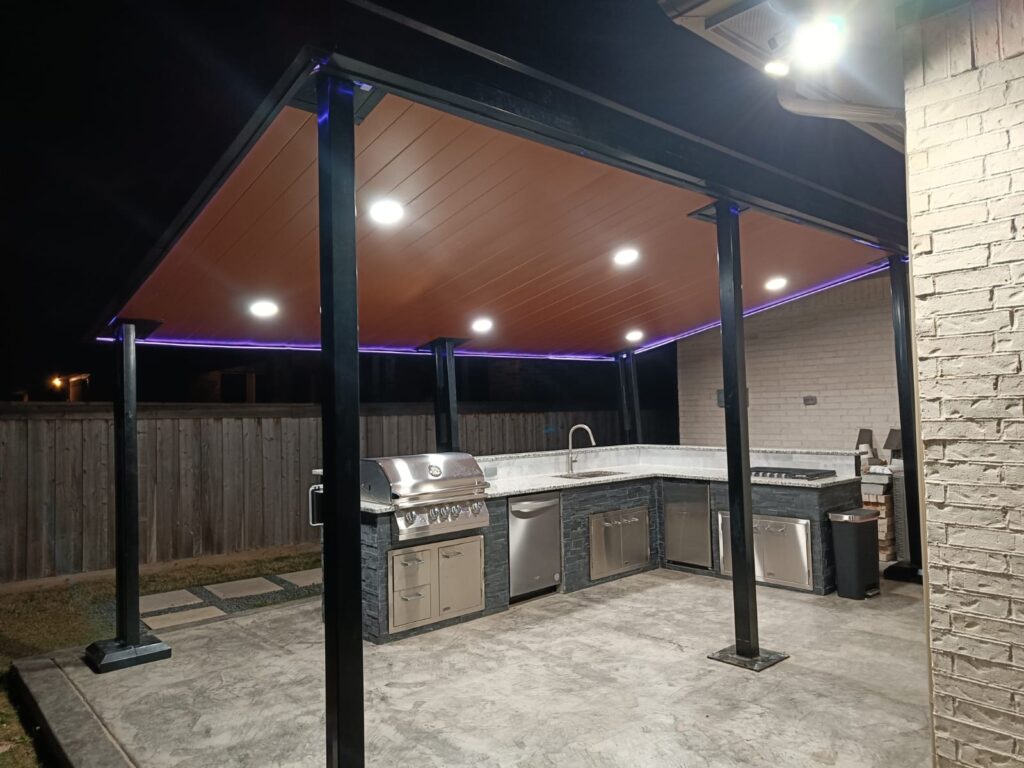You May Ask Yourself…
Well, How Does This Whole Process Work Solar Installations?
Let’s Walk Through Each Step:
- Review Our Website. Review each page for an overview on who we are, equipment we work with, etc. Get to know us! Because like you, we had the same questions and same fear into the unknown. We may be a small company, but we are regular people, who also use solar systems and live on a budget.
- Schedule a Free Consult. Contact us by email, phone, our website, or any social media platform. It is FREE! It does not cost anything. Feel us out! Nothing works if you aren’t completely comfortable.
- Develop a Plan. During the consultation, we will ask a variety of questions to better understand your unique personal lifestyle, needs, structures, past bill usage, and of course…budget. We visualize during our walk through looking at roof slope, tree lines, obstructions, asking those odd questions regarding electricity habits and how you live normally.
- Payment Options. Decide whether you’d like to pay by Cash or financing. We work within your budget without all the fluffery. Building a system within your unique budget is key! We want you to be happy with your decision. Wether you choose a finance option or cash, it must make sense to you. That’s our job. * we work ‘with’ finance companies. We are not ‘the’ finance company.
- Installation Day! Installation Day can be exciting with the breath of ‘finally!’ You’ve dreamt this a long time. Once all is installed, we aren’t operational just yet. Next, we schedule a PTO with your electric provider. Once installed, checked, and verified, the next step involves your electric provider. We need PTO. Permission to Operate. and then…flip the switch!
Permission to Operate or PTO as its called in our world, is getting permission and the ok to proceed by the electric provider you chose for your home. This connects the solar system to the power grid, so that they can work together.
We are unable under the law to operate without the electric providers permission. That is of course, unless you are off grid and untied to begin with.
Once PTO is granted, LET THERE BE SUN! ☀️
The Why?
Save Money: Lower your energy bills and keep more cash in your pocket.
Eco-Friendly: Reduce your carbon footprint and help protect the planet.
Increase Home Value: Boost your property’s resale value with a solar system.
Energy Independence: Generate your own power and protect against rising energy costs.
Incentives Available: Take advantage of tax credits and rebates!
✨ Join the solar movement! Contact us for a free consultation. ✨
To explain solar energy, start with a simple analogy…
Imagine the Sun as a giant battery in the sky. Every day, the Sun sends us a huge amount of energy, like a giant stream of light and heat. Solar energy is simply the process of capturing some of that energy and turning it into something useful, like electricity or heat, that we can use in our homes or businesses.
Here’s how it works:
Solar Panels (Photovoltaic Cells):
- Think of solar panels as special “catchers” for sunlight. They’re made up of small cells that are designed to catch sunlight and convert it into electricity.
- When sunlight hits these cells, it causes tiny particles (electrons) inside the cells to move around. This movement creates electricity — just like when you rub a balloon on your hair and it creates static electricity.
- The electricity generated is direct current (DC), but it gets converted to alternating current (AC), which is the type of electricity used in most homes.
Solar Thermal Systems:
- Another way to use solar energy is by heating water or air. You’ve probably seen a solar water heater on a roof. These systems use the Sun’s heat to warm up water or air for things like showers or even heating buildings.
- Some larger systems, called concentrated solar power (CSP), focus sunlight to create very high temperatures that can make steam. The steam turns a turbine, which generates electricity.
Why is it a good idea?
- Clean Energy: Solar energy doesn’t pollute the air or water, unlike burning fossil fuels.
- Renewable: The Sun is always shining (even if we can’t see it all the time!), so we’ll never run out of sunlight.
- Saves Money: Once you have solar panels installed, your electricity bill can go down because you’re generating your own power.
In short, solar energy is a way to take advantage of the natural power the Sun provides, using technology like solar panels or solar heaters, to create electricity or heat. It’s clean, renewable, and increasingly affordable, making it a great option for reducing our reliance on traditional energy sources like coal or oil.
The Basics
What’s in a Solar Energy System?
The main solar components are:
- Solar Panels
- Inverters
- Racking (mounting)
- Batteries (optional)
But how do these solar system components convert the sun’s energy into usable electricity? They each serve a purpose. While batteries are optional, you can still reap the benefits of the sun during peak sunlight hours.

Solar Panels
Solar panels convert sunlight into electricity through a process called the photovoltaic effect. During this process, solar panels collect electrons from the sun’s light in the form of direct current (DC) electricity, which then pass through the inverter to convert into usable AC electricity.
Monocrystalline vs. Polycrystalline
Monocrystalline (mono) solar panels are made from cells cut from one piece of silicon. Mono panels are more efficient, so they produce more power in less space. Mono cells now represent about 75% of the panels on the market.
Polycrystalline (poly) panels are made by melting and combining small pieces of silicon.
Inverters
Inverters are the brains of your solar system. Their main responsibility is to convert DC power (from your panels) into AC power which is the power used to electrify your home and its components.



Racking (Mounting System)
Racking is the foundational structure that secures your solar panels in place.
One of Two Options:
- Roof mount racking
- Ground mount Racking
Batteries (Optional)
There are a couple types of batteries:
- Lead-acid batteries
- Lithium batteries




